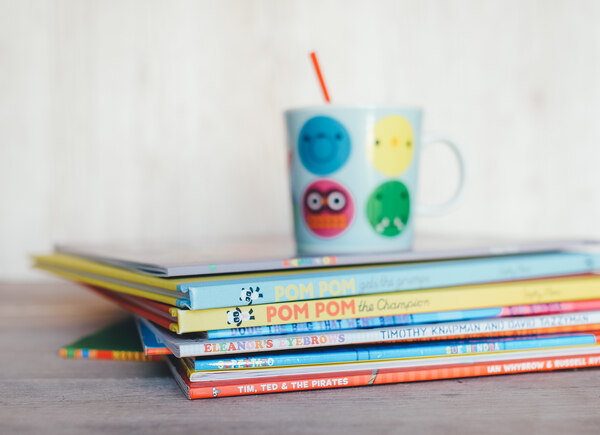A Step-by-Step Guide to Creating Your Own Comic Strip (Unleashing Your Inner Artist)
As a parent, creating your own comic strip for your kids can be a rewarding and fulfilling endeavor, fostering a love for reading and creativity in your little ones. How and special they will feel knowing that you took the time to create one-of-a-kind story that is all their own.
If you’re wondering how to make a comic strip, then you can create one at StoryboardThat. And this article will explain the key elements of crafting a comic strip that your child will love.
The Foundations of a Great Comic Strip
An outstanding comic strip for kids starts with a strong foundation in storytelling, character development, and visual design. To begin, brainstorm ideas for your comic’s theme and plot, considering what message or emotion you want to convey to your young audience.
Think about age-appropriate topics, such as friendship, adventure, or humor, and how you can infuse your unique perspective into the story. Once you have a clear vision for your story, focus on developing well-rounded, relatable characters that will resonate with children and drive the narrative forward. Consider their motivations, strengths, and weaknesses, and how these traits will evolve throughout the story.
As you work on your comic’s visual design, consider the importance of consistency in your art style. This will not only help establish your unique voice but also make your comic more visually appealing and easier to follow for young readers. Experiment with different styles until you find the one that best captures the essence of your story and is suitable for a younger audience.
Mastering Panel Layouts and Artistic Techniques
A crucial aspect of creating an engaging comic strip for kids is mastering the art of panel layouts. Effective panel arrangements can enhance the pacing and flow of your story, guiding young readers through the narrative in a natural and engaging way.
Study the work of successful comic strip artists who create content for children to learn from their techniques and gain inspiration for your own layouts. Analyze how they use different panel shapes, sizes, and sequences to create dynamic visual storytelling that appeals to young readers.
In addition to panel layout, pay close attention to other artistic elements, such as color schemes, shading, and line work. These details can greatly impact the overall visual appeal of your comic and contribute to the mood and atmosphere of your story.
For example, bright colors and simple lines can create a sense of excitement and energy, while softer hues and more delicate linework can evoke a feeling of calmness and introspection. Experiment with various techniques to find the perfect balance for your child-friendly comic strip.
When it comes to dialogue, keep it concise and age-appropriate. Remember that your visuals will often carry a significant portion of the storytelling for kids, so avoid overloading your panels with text. Use speech bubbles and captions effectively to convey essential information and character emotions without detracting from the visual elements.

Refining and Editing Your Comic Strip
Once you’ve completed a draft of your comic strip, it’s time to refine and edit your work. Take a step back and review your comic with a critical eye, looking for any inconsistencies in the plot, character development, or visual design. Don’t be afraid to make changes and revisions, as this process is essential for improving your comic.
Consider seeking feedback from other parents, friends, or family members who have experience with children’s content. Constructive criticism can provide valuable insights and help you identify areas for improvement in your comic strip. Be open to suggestions, but also trust your instincts and stay true to your creative vision.
Sharing Your Creation with the World
After you’ve polished your comic strip to perfection, it’s time to share your creation with your kids. Read the comic strip together, engaging with them and asking for their thoughts and opinions about the story and characters. This shared experience can inspire a love for reading and storytelling in your children and create a special bond between you and your little ones.
Additionally, consider printing or binding your comic strips into a physical book, which can serve as a cherished keepsake for your family. Encourage your kids to share the comic strip with their friends or even collaborate with you on future comic projects, nurturing their creativity and imagination.
Final Thoughts
Creating your own comic strip for kids is a journey filled with creativity, experimentation, and growth. By focusing on strong storytelling, memorable characters, and captivating visuals that appeal to young readers, you can craft a comic strip that resonates with children and leaves a lasting impression.
Remember to stay open to feedback, continuously refine your work, and seek inspiration from the world around you. With dedication and passion, you’ll be well on your way to unleashing your inner artist and encouraging a love for reading and creativity in your children. Embrace the challenges and joys of the creative process, and most importantly, have fun along the way!





